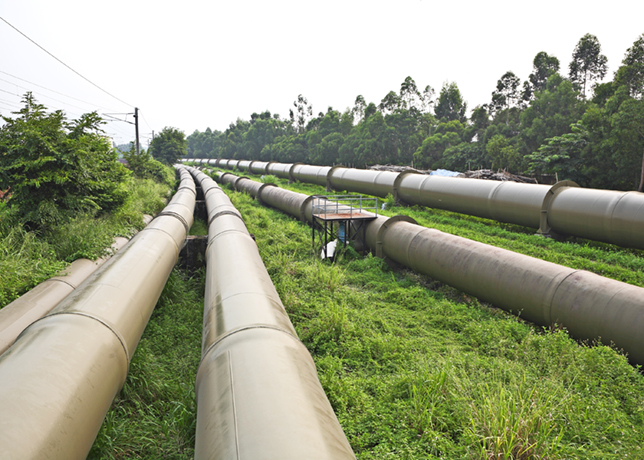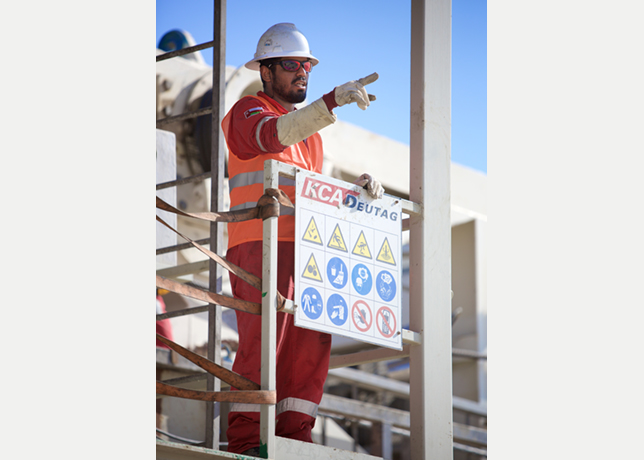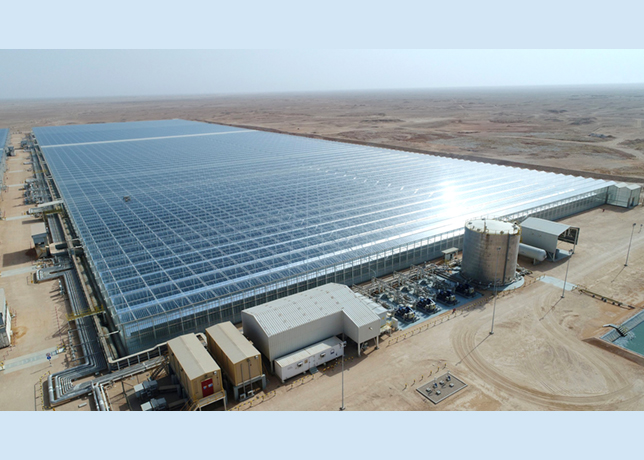
 Implementing technology in oil and gas brings savings through optimised operations
Implementing technology in oil and gas brings savings through optimised operations
Eman Kawas, Co-Founder, Chief Growth Officer, Thynkli, tells OGN how organisations can utilise technology to enable operational resilience and sustainability and make them appealing to the new generations
From decades of trial and error, oil and gas is, at last equipped, with capabilities for transformation. Aggressive decarbonisation goals in the oil and gas industry emphasises the role of oil and gas in the future of energy.
'The urgency for innovation is more pressing than ever. As we are faced with major societal, technological, and political change, it is important for oil and gas companies to reduce their carbon footprint and drive transformation towards sustainability, all while faced by volatile markets that is forcing them to tighten budgets,' Eman Kawas, Co-Founder, Chief Growth Officer, Thynkli, tells OGN.
'Implementing technology in oil and gas has enabled savings between $60-$100 million through optimised operations. What if you can design an innovative business model to digitalise and redefine the core of the business and enable decentralisation and agility? The approach will attract workforce and government policies to serve the goals of the business instead of constant threats to the model,' she says.
DIGITAL INVESTMENT PILLARS
It is understood that digital transformation comes with risks of failure due to strong silos in oil and gas today.
 |
Kawas ... emphasis on innovation |
To leverage technology to achieve business outcomes, the focus should be on the following investment pillars:
• Platform as a service: In order to achieve a comprehensive value chain across the enterprise, technology investments must enable maximum return on investment (ROI) on legacy systems and integrate business applications to create a solution that reflects the organisation from the bottom up that is supported by real-time data. This approach brings a level of transparency to the organisation’s investors on the proactive approach to meet sustainability targets.
• Digital thread: Sharing data across business units and breaking down systems in silos is a top priority until transformation has been achieved at scale. The purpose of a digital thread is to shift from a solution design to a system design. Creating a digital thread in the organisation that contains platform support instead of application support will allow data to serve business outcomes from readily available data sources, provide transparency to create continuous improvement opportunities, lower cost, and drive long-term value. A digital thread will incentivise investors to discover ROI and steer the business towards sustainability.
• Partnership ecosystems: Systems design include complex operations that have a high level of dependency on internal/external stakeholders, systems, and partnerships. In order to sustain business continuity, decrease dependency and drive innovation at scale, key partnerships need to be established within the industry to ensure capabilities of continuous design and support are available throughout the digital transformation journey. Key partnerships include software developers, technical distributors, system integrators, OEM providers, and technology partners.
• Flexible and agile implementation: Agility in operations is necessary to keep up with the speed of change and demonstrates flexibility, which is attractive to investors.
 |
ROI increases as the investment in people increases |
Implementing technology in an agile framework is common in the industry, although the pace of adoption has been a challenge, despite the software-as-a-service model that encourages higher adoption to control cost. Embedding agility in the organisational culture is necessary to increase business resilience. In the face of disruption, it is important to have an agile technology framework, as well as the mindset and processes that support business agility.
UPSKILLING IN AN AGILE CULTURE
An agile inclusive culture can be achieved in milestones as there is no low hanging fruits when it comes to change.
Change takes time, patience, and a clear vision. A clear vision is necessary to ensure the inclusion of frontline workers.
The approach should be to prioritise strategy and alignment. The sustainability challenge is steering new generations away from oil and gas, and the knowledge gap makes it hard to transfer and retain knowledge in the industry. Thus, people have to be put first.
After investment has been made in several technologies, an organisational feedback loop should be created to receive and send information from/to the people on the field to enable collaboration and create standards for achieving competitive advantage.
Technology should be leveraged to facilitate human interactions and speed up upskilling. Encourage the oil and gas workforce to be tech savvy and feel empowered to solve problems, which increases ROI as the investment in people increases.
Technology provides the edge and demonstrates capabilities to attract and retain talent. Upskilling occurs when people are included in the change process and investment in their development is demonstrated.
REGULATORY COMPLIANCE
The need to document and audit compliance of new environmental regulations and emission targets is continuously rising.
Demonstrating a proactive approach towards regulatory compliance requires establishing rigorous reporting mechanisms in operations. With technology investments today, data is available to be used in context of any desired business outcome including regulatory compliance.
Process mining tools and data analytics allow for the identification of critical processes that affect compliance to discover opportunities for automation and optimisation. Despite the technology capabilities to capture regulatory data, culture is the primary enabler for compliance.
Compliance can be achieved by implementing a strong quality assurance/control process, getting proactive, training employees, and speaking the regulatory and compliance language of the government.
DIGITAL GOVERNANCE
While robotic process automation (RPA) is a straightforward application that continues to achieve significant strides in operational excellence, there are large varieties of processes from simple to complex business processes that require governance and data sharing across systems and business units.
Despite RPA’s contribution to operational excellence, poor ROI, lack of alignment, siloed usage, and the inability to scale are often showstoppers.
In order to maximise ROI on RPA implementation and achieve operational excellence from all technologies, breaking data in silos is necessary which requires governance.
Governance is difficult to achieve when there is no visibility on security requirements, and alignment across business units, therefore, establishing a data sharing structure will encourage collaboration, and produce repeatable, predictable results.
'At Thynkli, we understand the importance of turning up the dial of the oil and gas digital transformation to build the future of energy and help innovate as well as lead strategic business change towards sustainability,' says Kawas.
'We deploy a series of assessments, techniques, and cultural hacks by leveraging technology to connect all layers of the organisation, design multidisciplinary teams to coordinate information sharing across business units and build an agile data driven culture.'
Kawas says the path to sustainable operational excellence requires an investment on all fronts: data, process, and people. 'With our approach, you can maximise ROI on existing technology investments, align digital initiatives with business outcomes, build digital capabilities and achieve repeatable predictable results.'
* Thynkli is a progressive digital business consultancy and technology services company that focuses on business process automation and digital operational technologies to drive operational excellence and achieve business outcomes.
Thynkli’s technology services offerings include digital automation strategy and roadmap; digital twin of the supply chain; process mining as a service (PROMAAS); data and advanced analytics; data and application integration; lean change management (LCM); and digital skilling.












































































